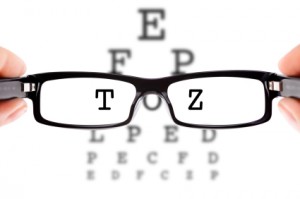What: Vision is one of the most important senses a person can possess, allowing us to see color, light, loved ones or even just the beauty of the ocean. As a person ages, however, vision can deteriorate. Although there are various reasons why an aging person may begin to lose their full capacity for sight, August brings the focus to cataracts as a cause during Cataract Awareness Month.
Background: A cataract is caused when the lens of the eye is clouded over and the passage of light into the eye is blocked. Vision loss due to cataracts isn’t completely irreversible; it can often be restored through surgery. However, if people are aware of the early signs of vision changes, they can work to catch cataracts early. Blurred or double vision, dim lights and frequent changes in eyeglass prescriptions can all be a sign of cataracts.
Story Pitch: A number of groups and organizations can be pitched around Cataract Awareness Month. Optometrists and ophthalmologists will want to alert patients on the early signs of cataracts, noting the importance of regular eye screenings as a preventative measure, including dilated eye exams. In addition, eyeglass manufacturers can encourage regular eye exams as well as monitoring of any suspicious behavior, such as frequent prescription changes. Family doctors may also alert their older patients of the risk of cataracts, ensuring to stress the importance of awareness and preventative measures. Meanwhile, seeing aids such as glasses or contact lens retailers will want to promote the benefits of their products.
Story Hook: According to the Center for Disease Control, approximately 20.5 million Americans age 40 and over have cataracts in one or both eyes. Consider the following when you make your pitch:
- What are some of the main symptoms or signs of cataracts?
- What preventative measures can be made in terms of eye health?
- What ages are mostly affected by cataracts?
- What are some measures to be taken once cataracts have set in?
Tips: An eye doctor who deals specifically with cataracts can give suggestions on how to handle the ailment once it is already present. In addition, someone who has had cataract surgery can comment on the process.
Resources:
American Academy of Ophthalmology
(415) 561-8500
www.aao.org
American Optometric Association
(800) 365-2219
www.aoa.org
Centers for Disease Control and Prevention
(800) 232-6348
www.cdc.gov
Prevent Blindness
(800) 331-2020
www.preventblindness.org
–Researched, compiled & written by Kimberly Cooper
Event Dates from CHASE’S Calendar of Events
![]()


